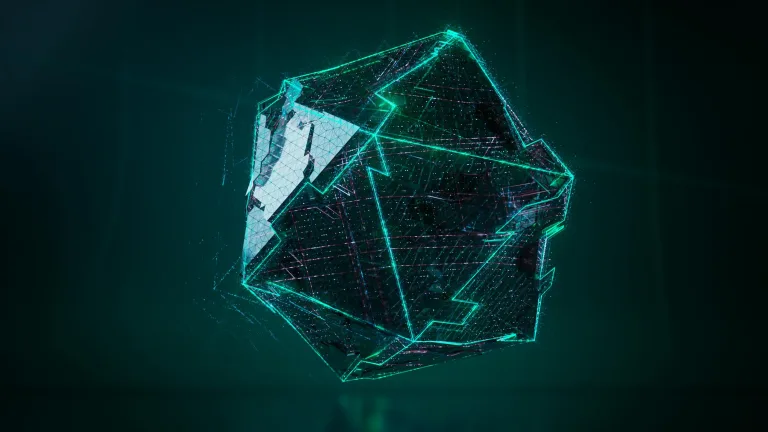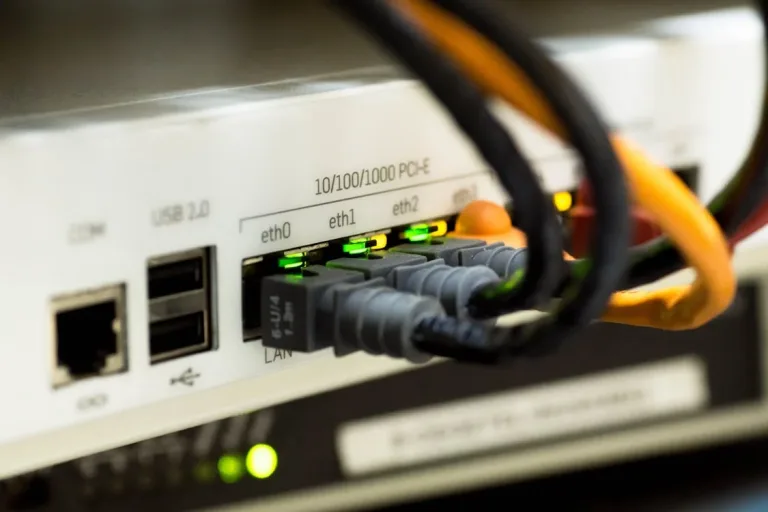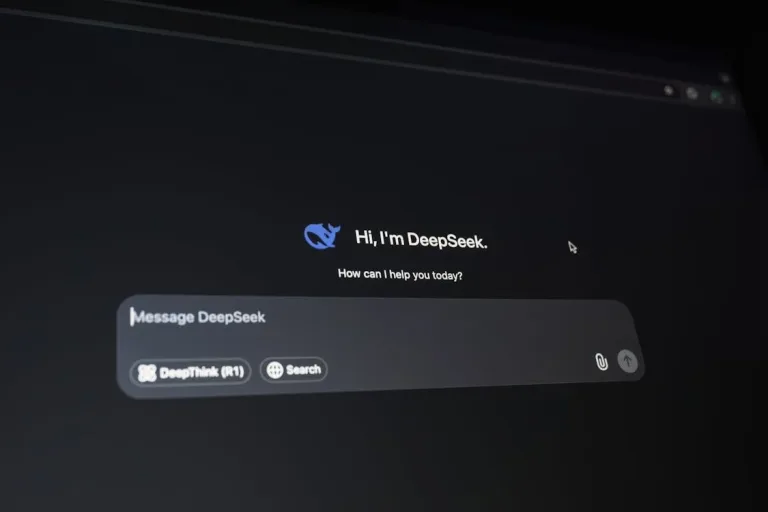Introduction
In the rapidly evolving world of AI, two major players have emerged: DeepSeek and ChatGPT. Both models offer advanced natural language processing (NLP) capabilities, but they have distinct architectures, pricing structures, and use cases. Whether you are a business owner, developer, or general user, understanding the differences between these AI models is essential for selecting the right tool for your needs.
This article provides a detailed comparison between DeepSeek and ChatGPT, covering key aspects like performance, cost, features, and ideal applications.
Overview of DeepSeek and ChatGPT
DeepSeek
DeepSeek is an AI language model developed by a Chinese company, designed to be cost-effective and efficient. It leverages a Mixture-of-Experts (MoE) architecture, which selectively activates a subset of its model parameters for each task. This results in lower computational costs while maintaining high-quality responses. DeepSeek is available both as an open-source model and a paid API service.
ChatGPT
ChatGPT, created by OpenAI, is one of the most widely used AI language models. It is based on a transformer-based architecture, processing vast amounts of data to generate highly coherent and contextually aware responses. ChatGPT is known for its versatility, supporting features like voice interaction, image generation, and multimodal capabilities. It is available in both free and paid subscription plans.
Key Differences Between DeepSeek and ChatGPT
The following table highlights the major differences between these two AI models:
| Feature | DeepSeek | ChatGPT |
|---|---|---|
| Architecture | Mixture-of-Experts (MoE), activates only necessary parameters for efficiency | Transformer-based, processes all parameters at once |
| Cost | More cost-efficient, requires fewer computational resources | Higher operational costs due to full-scale processing |
| Performance | Excels in structured tasks like coding and mathematical reasoning | Stronger in creative writing, open-ended discussions, and general knowledge |
| Features | Primarily text-based AI with a focus on efficiency | Supports voice interaction, image generation, and multimodal capabilities |
| Availability | Open-source and API-based access | Free and premium versions available (ChatGPT Plus) |
Performance Comparison
1. Language Understanding and Response Quality
- DeepSeek is optimized for technical and structured queries, such as programming and mathematics.
- ChatGPT excels in creative writing, generating human-like responses with deeper contextual awareness.
2. Cost and Efficiency
- DeepSeek is more affordable due to its MoE architecture, which only activates a portion of the model’s neurons per task.
- ChatGPT requires more computational resources, leading to higher costs but delivering more detailed and nuanced responses.
3. Use Cases
- DeepSeek is best suited for developers, engineers, and technical users who need an efficient, cost-effective AI model.
- ChatGPT is ideal for businesses, writers, educators, and content creators who require versatility and creativity in their AI assistant.
Which One Should You Choose?
| Requirement | Best Choice |
| Cost-efficient AI for structured tasks | DeepSeek |
| Advanced reasoning and creativity | ChatGPT |
| Open-source flexibility | DeepSeek |
| Voice and image generation capabilities | ChatGPT |
If your primary focus is technical work, cost-effectiveness, or open-source AI, DeepSeek is a solid choice. However, if you need a model with multimodal capabilities, strong general knowledge, and creativity, ChatGPT is the better option.



